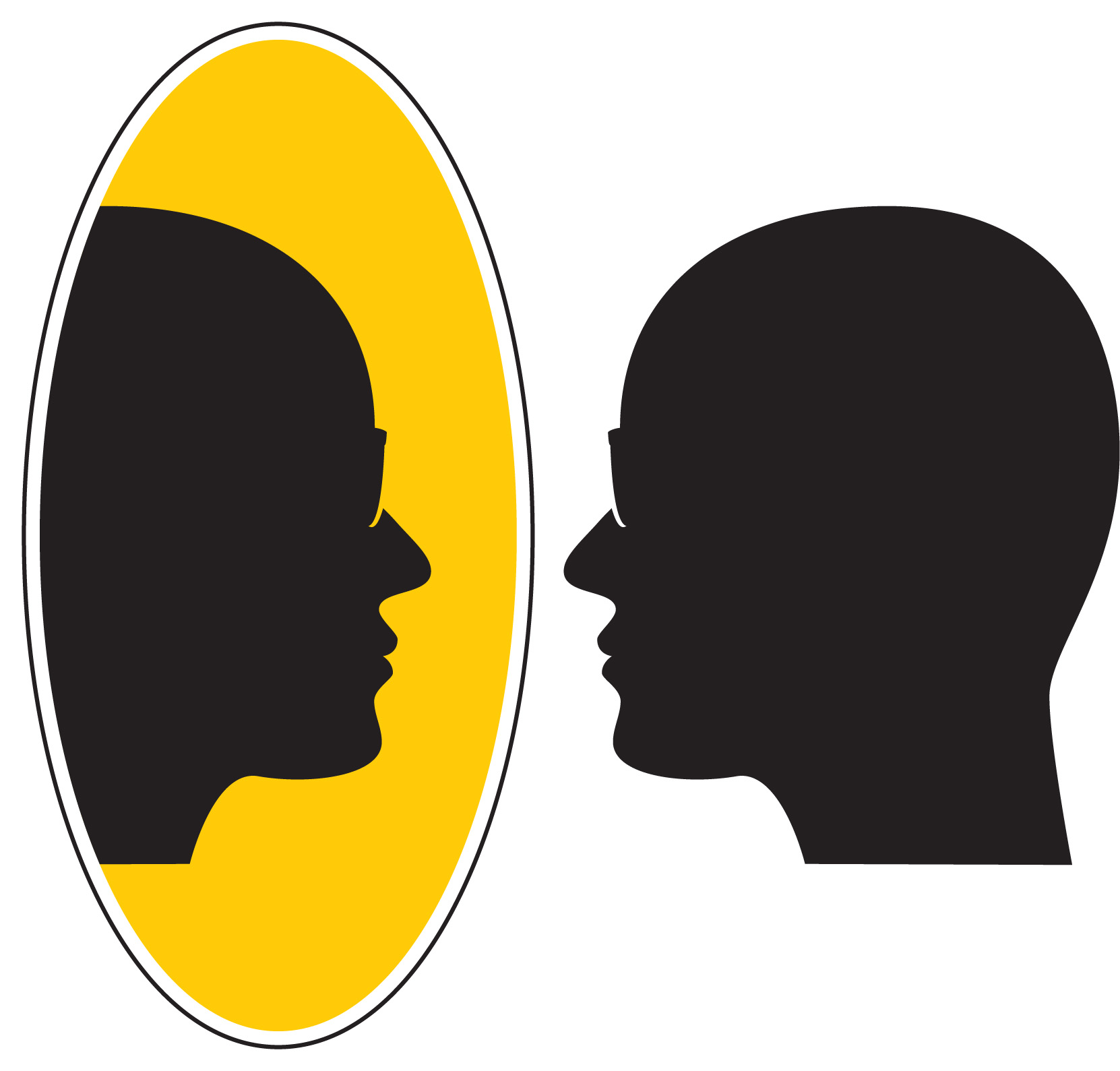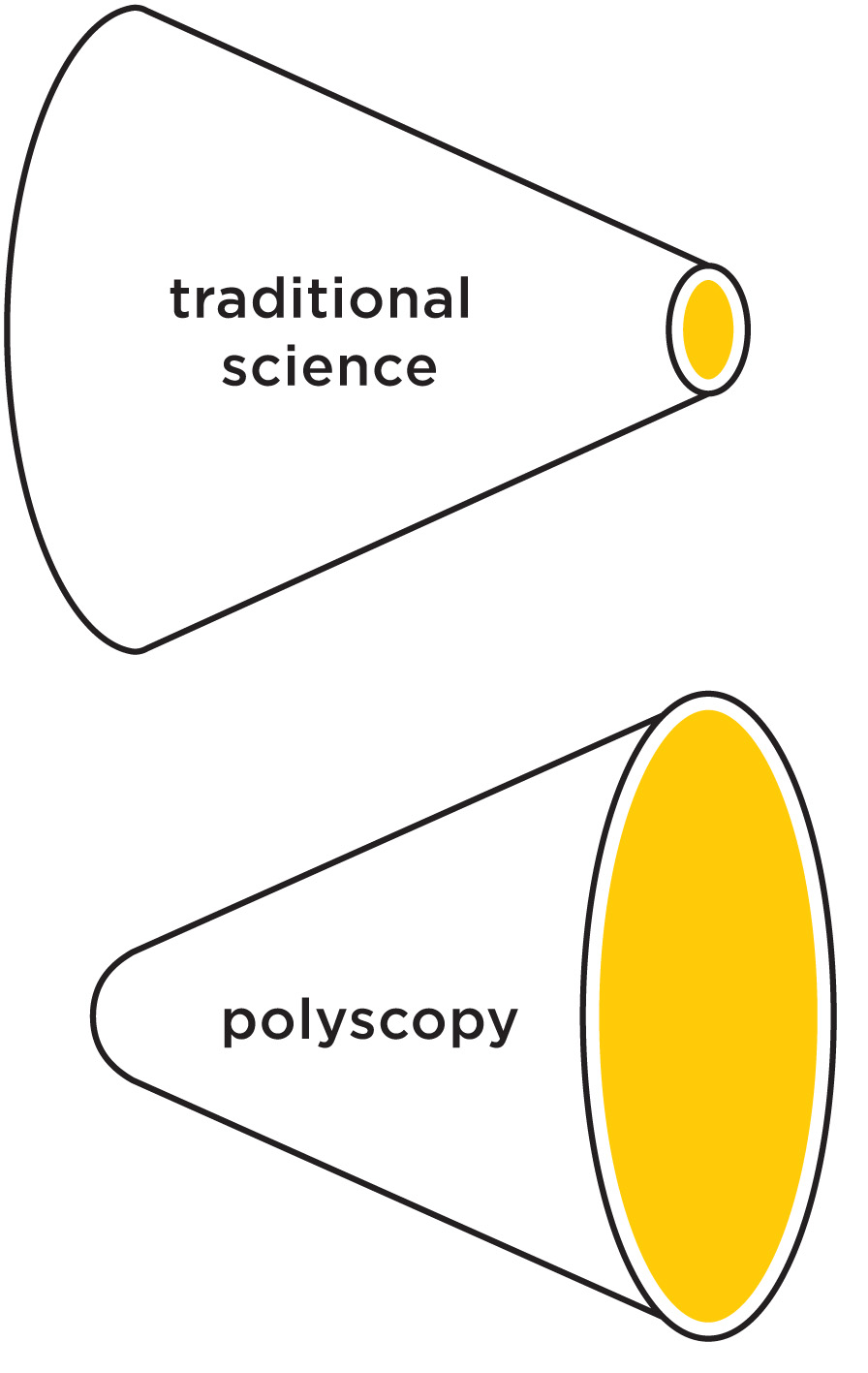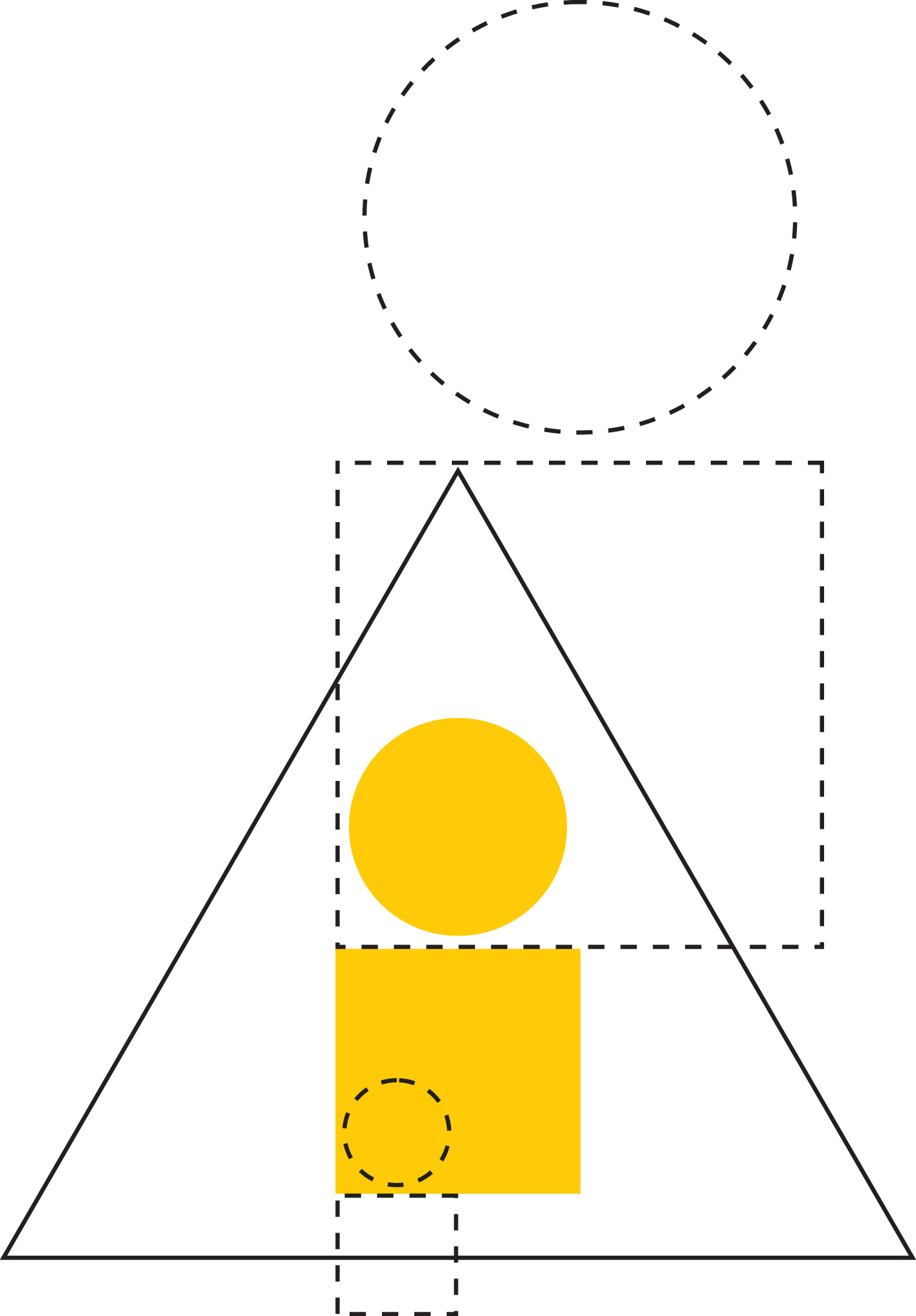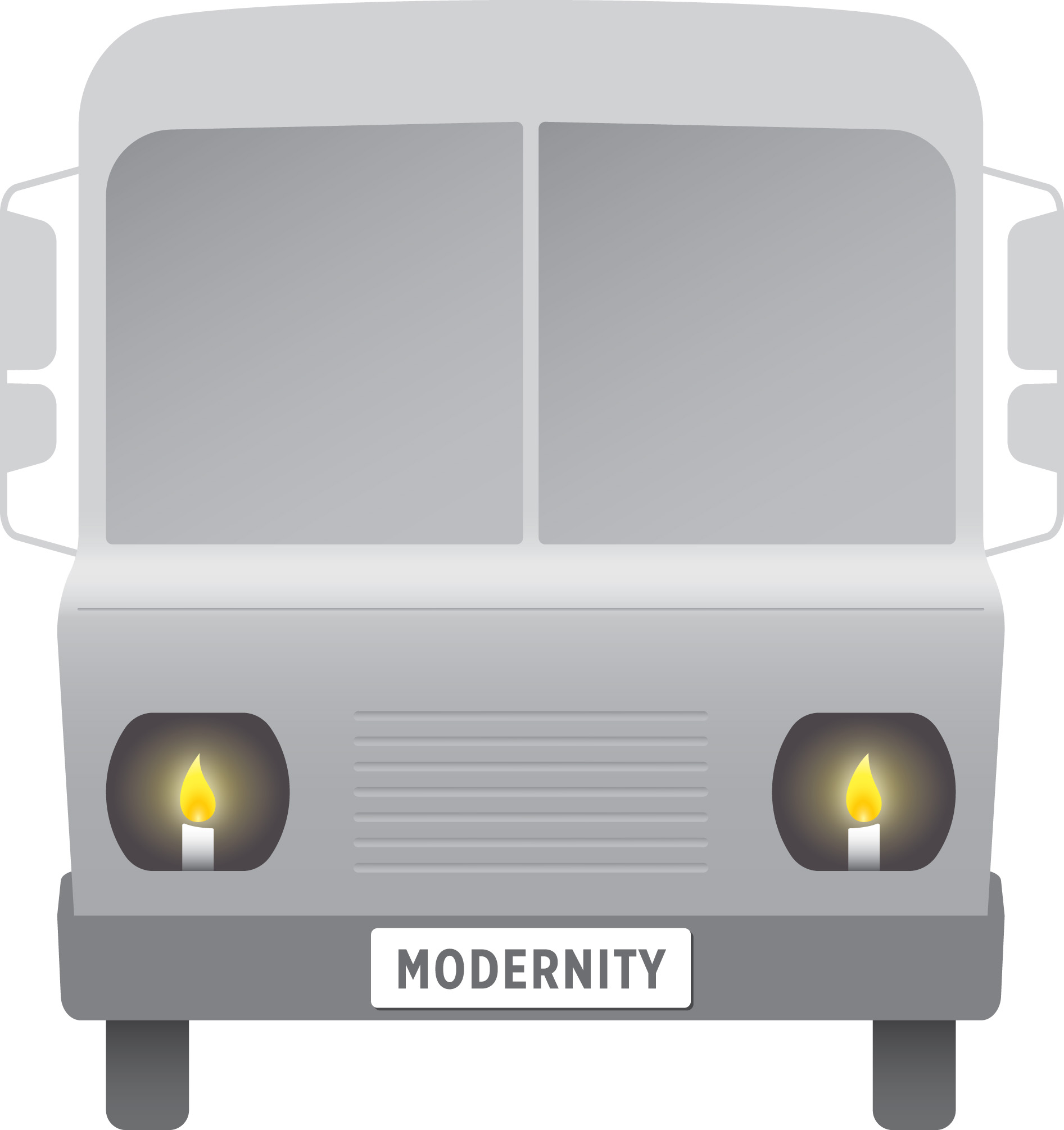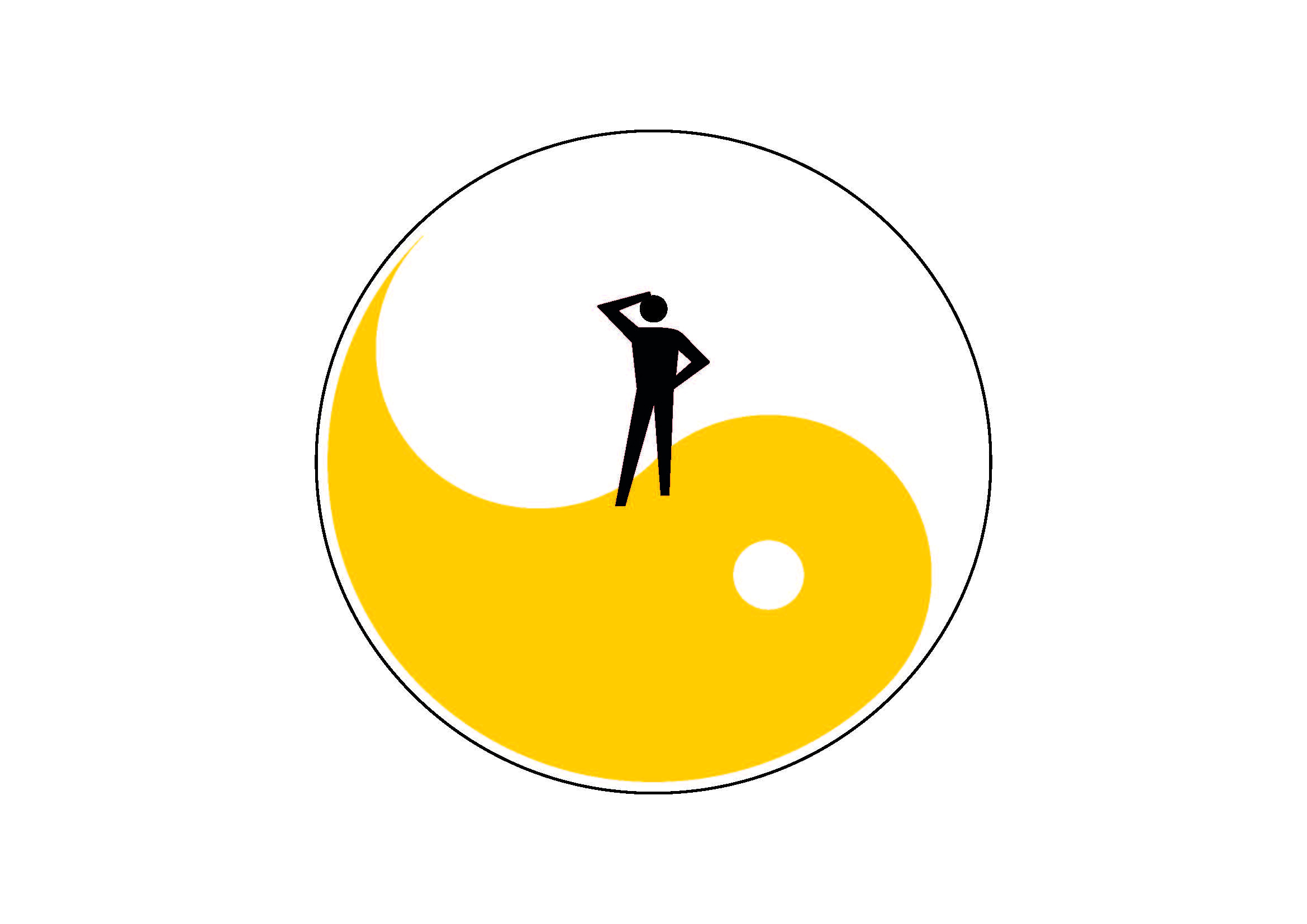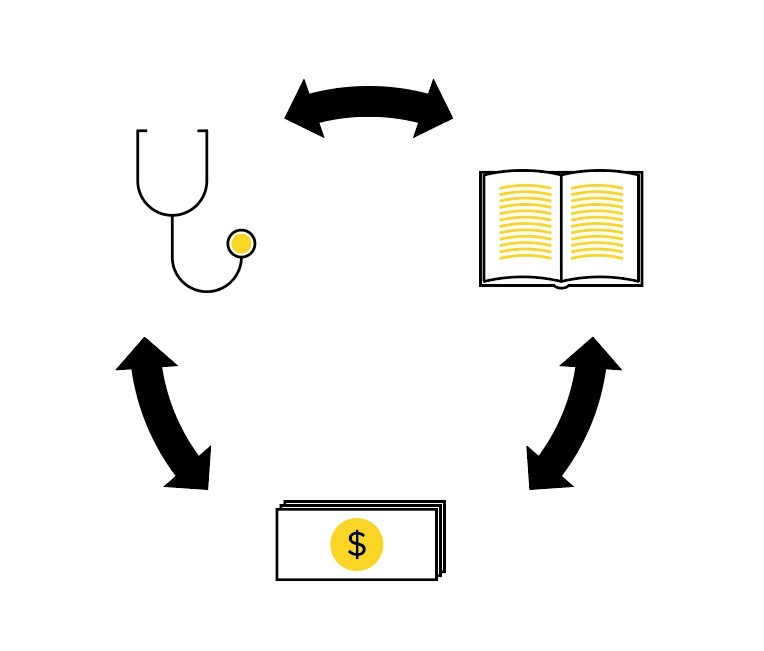IMAGES
Contents
Federation through Images
A new ground for academic excellence
What distinguishes academic knowledge
No rational person will claim that knowledge should not be useful. And yet there are good reasons why the instruction in practical skills such as cooking and automobile repair – and at times even design and architecture – were not admitted to universities. Academic knowledge is the knowledge of principles; it is knowledge that is rigorously founded in time-tested scientific methods and procedures.
New insights are calling for an update
We here look at the paradigm modeled by knowledge federation from its fundamental side. Although it may at first glance appear as a disruption or a revolution, we shall see that it is indeed a natural continuation or evolution of the revolutionary processes that began in science a century ago. We show how this development may both allow us to overcome the epistemological or fundamental incongruences that resulted from the disruptive insights that were reached in science – and give us the people the information we need.
Rebooting IT innovation
It needs to be emphasized – especially for the benefit of our members and colleagues who perceive knowledge federation as mainly a technical and technological field of interest – that what is being presented here is not at all a departure from that interest. On the contrary! The common practice is to use technology in general, and information technology in particular, to automate and enhance what the people are already doing (observe for ex. that your physical desktop, filing cabinet and mailbox have just been re-implemented in the digital medium). It is only when we go back to the purpose of what we do, or even further, to the underlying principles, and determine what information and the way we handle it may need to be like – that we become able to truly innovate. And truly benefit from technology. The Incredible History of Doug, presented in Federation through Stories, will illustrate this point.
The nature of our images
Not all images are worth one thousand words
But the ideograms are! They play a similar role in knowledge federation as mathematical formulas do in traditional science. An ideogram can condense a wealth of insights and many pages of text into an image whose message can be recognized at a glance. Recall the Newton's formula, or Einstein's ubiquitous E=mc² – those too are ideograms! But the possibilities behind the ideographic approach are endless, and they vastly surpass the conventional maths.
The creative possibilities of ideograms also surpass our illustrations – and are yet to be developed through creative use of new media.
The ideogram we are about to see next renders the essential ideas behind our initiative in a nutshell.
A case for informed creativity
Modernity ideogram
The Modernity ideogram is a visual definition of the challenge to which we offer knowledge federation as an answer.

Imagine us riding in a bus with candle headlights, through obscure and uncharted terrain, and at an accelerating speed. By representing our civilization as a bus, and our handling of information as its candle headlights, the Modernity ideogram points to an incongruence. Could it indeed be possible (aren't we living in the Age of Information?) that information is that one centrally important thing that we've somehow forgotten to modernize?
To be meaningfully directed and sustainable, posits the Modernity ideogram, our movement into the future must be suitably informed. The knowledge work we have inherited will not fulfill that role. It has evolved based on an old principle of operation and technology, and for an entirely different purpose. A new approach to knowledge is needed, which combines the new purpose with new technology.
The Modernity ideogram is also a visual definition of some of our core keywords.
Knowledge federation
You may now easily understand knowledge federation as a prototype of a socio-technical 'light bulb'. You may understand our proposal as an initiative to create new 'headlights', and to put them to practical use.
No sequence of improvements of the candle will produce the light bulb. Hence we found it necessary to produce this prototype as a proof of concept. The claim we now submit to our dialog is "Suitable 'headlights' can indeed be created, in accordance with time-honored academic values and insights – and here is how."
Systemic innovation
The headlights are just a tiny part of the bus. Their monetary value is negligible in comparison. And yet they will determine the actual value of the whole big thing! The design of the headlights will ultimately decide whether the 'bus' will be a mass-suicide machine, or a vehicle taking us safely to any place or condition where we may reasonably want to be.
We define systemic innovation as "innovation toward wholeness". Systemic innovation is the innovation whose goal is to secure the wholeness or proper functioning of the system or systems in which what is being innovated has a role. Knowledge federation may now be understand as (a result of) systemic innovation in knowledge work.
Notice that systemic innovation depends on a profound change of values. It is an alternative to treating information, or anything else, as a commodity. And to allowing "shareholder value" or "market needs" to orient what we do, and trusting that "the invisible hand" will transport us deftly to the best possible world.
Guided evolution of society
The Modernity ideogram is also a straightforward illustration of Bela H. Banathy's keyword guided evolution of society – which we'll use here as (roughly) a synonym to "sustainable development". The ideogram points to knowledge federation as an initiative to provide "evolutionary guidance"; and as a natural first step on this new evolutionary course.
Design epistemology
The Design epistemology is a set of values that can orient knowledge work in this new direction. Information and knowledge are seen as a system within a system, and handled and prioritized accordingly.
A salient characteristic of this epistemological stance is that it not legitimizes the line of work that is the subject of our proposal as "academic" – but it even elevates its status to "basic research".
How to turn a candle into a light bulb
Philosophy in pictures
"And what is the use of a book, thought Alice, without pictures or conversations." Here we'll turn the philosophical ideas that knowledge federation is based on into pictures. And in Federation through Conversations we'll also make them a subject of our conversation.
Click on the name of the ideogram to open the document where the reversal or the practice is justified and explained by pointing to core insights of selected 20th century giants.
Changing the purpose
The Mirror ideogram points to the possibility of reversing the conventional assumptions about the purpose of knowledge work. Since they determines how we valuate and prioritize knowledge work, and give its results credibility and status, we call this set of assumptions epistemology.
"On every university campus there is a mirror – although, busy with our article deadlines and courses, we do not normally see it," reads the explanation of this ideogram. "When we see ourselves in the mirror, we see the same world that we see around us. But we also see ourselves in the world." The mirror here symbolizes the insights reached in 20th century's science and philosophy, which challenged the age-old belief that our purpose in knowledge work is to describe the reality "objectively", i.e. as it truly is – and even the underlying assumption that such a description is possible.
As the case is in Louis Carroll's familiar story, it is possible to walk right through the mirror! And when one does, one finds himself in an entirely different academic reality, which is in a number of ways a reverse image of the reality we've grown accustomed to. Knowledge federation may be understood as a prototype of that new reality.
We are careful to walk our talk and present here only the big picture, and leave all the technical details and points of reference for the detailed views that bear the names of the ideograms. We will, however, make an exception here and just name a single key technical idea that makes it all work most beautifully. What makes 'the magic' possible, of 'walking through the mirror', is what Villard Van Orman Quine called "truth by convention". By waving this 'magical wand', the age-old preoccupation with truth and meaning can be consistently transferred to what Herbert Simon called "sciences of the artificial" – which is really what, in technical terms, 'the reality behind the mirror' signifies. We let the interested reader discover the details with the help of the provided documents.
Changing the principle of operation
And so 'on the other side of the mirror', we can freely yet academically create new methods or methodologies, by stating them as conventions. Polyscopy is conceived and offered as a prototype. Think of it as a generalization of the "scientific method", adapted to the purpose of providing information according to (new) needs. If you feel passionate (or religious) about the traditional scientific method, please don't consider this an assault. By calling it a prototype, we make it clear that it's just a way to spell out the rules, and then democratically and academically continue to update them forever.
The reversal pointed to by the Polyscopy ideogram is of the supposition that to be "academic" or "scientific", we must adhere to the hereditary terminology and methods of an established academic discipline. Our design team simplified this ideogram by deleting the two eyes that were originally on the left-hand side of each of the conic tubes, to suggest that they represent "ways of looking" or scopes. The message is that when we've understood that any language and method are our own that is, human creation, and that they necessarily limit what we are able to see and communicate, it becomes natural to adjust them so that we may see more, and see what needs to be sees.
We show how this may be achieved in the creative space on other side of the mirror, by creating a general-purpose methodology – which allows us "to direct the mind so that it brings solid and true judgments about everything that presents itself to it", as Descartes already claimed we should. But the reversal pointed to by this ideogram reaches indeed much further than that!
In polyscopy (by convention) no reality claims are possible. Hence our concepts, and models, become just scopes – ways of looking at experience, and ways of organizing and communicating what we see. To see how this fits with our purpose, think of inspecting a hand-held cup, to see if it's cracked or whole. You must be able to see it from all sides! And if you discover one side that is cracked – then the whole thing is cracked! In polyscopy the traditional challenge of producing "the right" view is replaced by the challenge of producing a collection of simple and clear views that together give us a correct idea of the whole. This challenge may be understood if we think of using projective geometry to draw the design of a cup. The consequences are interesting, and we let the interested reader explore them with the help of provided documents.
Extending the outreach
The Science on a Crossroads ideogram points to the possibility to reverse the narrow and technical focus in the sciences – and create general insights and principles about any theme that matters. In the explanation of this ideogram we outline a method by which this can be achieved.
The Science on a Crossroads ideogram depicts the point in the evolution of science when it was understood that the Newton's concepts and "laws" were not parts of the nature's inner machinery that Newton discovered – but his own creation, and an approximation. Two directions of growth opened up to science. One direction was "downward" – to fix the "Newton's Laws" by making the concepts and the formulas less intuitive but more exact. The other direction, "upward", was to do in all walks of life what Newton did in physics – create approximate but precise-enough concepts and models, which can vastly improve our understanding of the most relevant issues, and correspondingly orient and improve the way we handle them. The sequence of scientists "converging to zero" in the ideogram suggests that only the "downward" option was followed.
Again it's the design of scopes, through convention making, that makes the creation of high-level views possible. In polyscopy models don't need to be low-level and technical to be "scientific" or rigorous. Being our own creation, all models (that is, on all levels of detail or abstraction) are defined just as clearly as we may want them to be.
Improving the light
The Information ideogram points to the structure of the information that knowledge federation aims to produce. Or metaphorically, our theme here is the construction of a suitable 'light bulb', and the nature its 'light'. In the explanation of this ideogram it is shown how the methodological ideas just described support this construction. Or more to the point, and metaphorically – this ideogram shows how to create information that is structured (or 'three-dimensional'), not 'flat'.
The “i” in this image (which stands for "information") is composed of a circle on top of a square. The square stands for the technical and detailed low-level information. The square also stands for examining a theme or an issue from all sides. The circle stands for the general and immediately accessible high-level information. This ideogram posits that information must have both. And in particular that without the former, without the 'dot on the i', the information is incomplete and ultimately pointless.
This ideogram also suggests how to create high-level views based on low-level ones. And to justify high-level claims based on low-level ones – by 'rounding off' or 'cutting corners'.
Putting the pieces together
The Knowledge ideogram depicts knowledge federation as a process – and also the kind of knowledge that this process aims to produce.
It follows from the fundamentals we've just outlined that (when our goal is to inform the people) knowledge federation will do its best to federate knowledge according to relevance – and adapt its choice of scope to that task. The rationale is that "the best available" knowledge will generally be better than no knowledge at all. Knowledge, and information, are envisioned to exist as a holarchy – where the low-level "pieces of information" or holons serve as side views for creating high-level insights. Multiple and even contradictory views on any theme are allowed to co-exist. A core function of federation as a process is to continuously negotiate and re-evaluate the relevance and the credibility of those views.
Selected examples
A significant part of knowledge federation and its presentation here as a proof of concept is to show that it can make a difference in real-life applications. The Modernity ideogram is suggesting that when proper 'headlights' are put in place, then 'the bus' will naturally change its course. Is this really the case?
While waiting for a proper answer to be given in Federation through Stories, where a complete portfolio of our prototypes will be displayed, we here show only three examples as taste bits and illustration.
Redirecting innovation
By redirecting knowledge work and innovation, the Modernity ideogram itself is already a significant part of the answer. The explanations are given above, and they don't need to be repeated.
Redirecting the pursuit of happiness
Giving direction to our "pursuit of happiness" is of course another obviously rich domain of application of these ideas. Presently this most pivotal of our pursuits is a prime exemplar of what Einstein branded "a plebeian illusion" (that the world "really is" as perceived by us through our senses). We may caricature it by the image of someone who discovered he liked the taste of chocolate cake, and then "pursued happiness" by eating chocolate cake to the point where his tummy began to hurt; and nothing tasted well, including the chocolate cake. Add to this the half-a-trillion-dollars-a-year global advertising industry (which combines science with communication design to make us want even more 'chocolate cake', because the 'chocolate cake industry' depends on that); add also us, academic scientists, looking the other way (because this is none of our business, and because we have more important matters to occupy ourselves with) – and you'll have a complete picture of how the creation, and evolution, of our culture are presently handled.
The Convenience Paradox ideogram shows how this theme may be taken up with the help of the techniques pointed to above. The ideogram depicts a situation where the pursuit of a more convenient direction (down) leads to an increasingly less convenient condition. By representing the way that in the long run leads us to either happiness or misery as the yin (which stands for dark, or obscure) in the traditional yin-yang ideogram, it is suggested that the way to convenience or happiness must be illuminated by suitable information.
But this ideogram is of course only the high-level part, the circle, or the 'dot on the i'. Its low-level part or justification consists of a variety of insights from a diverse range of fields (which brings together experiences from physiotherapy traditions such as Feldenkrais and Alexander, modern psychoanalysis, Buddhism and other similar traditions...) to establish the convenience paradox as a pattern. The high-level part brings the low-level views together and gives them relevance (they provide us exactly the information we need to be able to truly improve our condition).
Redirecting politics
Another strong pursuit that gives direction to our societal and cultural evolution is our pursuit of justice. But who is the enemy?
The question opened up here – and in several other points of this presentation as well – might be "now that we live in democracy (or those of us who have been so fortunate) – is this the end point of our historical pursuit for a just and humane social organization? Or is there still something we may discover, which may give new direction and even meaning to this pursuit?
The Power Structure ideogram depicts the power structure as a new or a designed way to conceive of the traditional notions "power holder" and "political enemy". The power structure is a structure which combines power interests (represented by the dollar sign), our values and ideas (represented by the book) and our condition of wellbeing (represented by the stethoscope). A point of the ideogram is that those visible entities evolve together and depend on one another – but this dependence is subtle, and needs to be illuminated by suitable information.
The justification combines insights from a spectrum of areas ranging from sociology (for ex. the works of Bauman and Bourdieu) to artificial intelligence and combinatorial optimization.
Two key insights result: That "the enemy is us"... and that our social-systemic evolution, when abandoned to "the survival of the fittest", tends to result in growing and strengthening power structures...
See also
Further methodological ideas and details
A good place to begin might be the blog post Return to Reason. This blog post is an explanation of the historicity of our conventional academic standards and practices (that they are not eternal ways to truth, but a product of specific circumstances and historical incidents that gave them their present shape) – which builds upon an expert opinion (Stephen Toulmin, whose book "Return to Reason" is surveyed and commented in the blog post, was a reputed philosopher of science). The book manuscript Informing Must be Designed (whose introduction is open but whose chapters need to be unlocked with the password "Dubrovnik") introduces the methods and techniques of polyscopy, and then applies them to justify the claim made in its title (which is the same as the main message of the Modernity ideogram). Chapter 4 introduces a novel way of understanding the power and politics – and shows why the new approach to knowledge is a necessary part of our "societal immune system". A more recent presentation of the foundations and method of polyscopy titled "What might play the role of Copernicus" (hear this recording while viewing these slides) is a play on the theme of another metaphor, Archimedes claim that he could "move the world" if he'd be given a lever and "a firm place to stand". An approach to knowledge is described that is capable of 'moving' our social and cultural world (a task to which we must give priority, now that we've acquired to "move" our physical world, albeit not always in the best possible way...).

